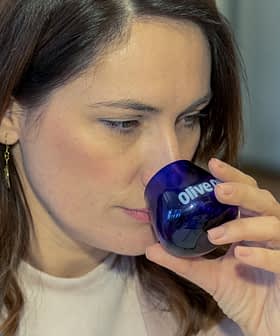A recent study reported that the majority of Moroccan olive oil samples met International Olive Council (IOC) standards.
Even though olive cultivation has been part of Morocco’s agricultural scene since the Roman era, and Morocco is the world’s sixth largest producer of olive oil, the quality and compositional peculiarities of Moroccan olive oil have been relatively unknown.
To ensure that olive oil produced in Morocco meets IOC standards and requirements, authors of a study published in the journal Food Chemistry in January set out to establish a database of quality and purity criteria of olive oil samples produced in North Morocco.
Quality of olive oil depends on several factors including the type of soil, climate conditions, olive cultivar and farming techniques, as well as the methods used to extract olive oil.
Researchers analyzed 279 samples of Moroccan olive oil from the predominant Picholine Marocaine cultivar that is grown in seven regions of North Morocco.
Using the standards set by the IOC, the researchers classified 94 percent of the Moroccan olive oils from the studied regions as extra virgin oils, while only 6 percent were classified as virgin olive oils.
The Moroccan olive oils also met IOC standards for monounsaturated fatty acids, ranging from 75 to 77 percent. Polyunsaturated fatty acids were 10 to 12 percent, while saturated fatty acid content varied from 12 to 13 percent in the olive oil samples.
Oleic acid was the most abundant monounsaturated fatty acid and linoleic acid was the most abundant polyunsaturated fatty acid in the olive oil samples studied.
While majority of the samples met the requirement of less than one percent of linolenic acid, 32 olive oil samples had linolenic acid at a concentration above the upper limit of one percent established by the IOC.
The authors hypothesized that the presence of high levels of linolenic acid in some olive oils from North Morocco could be due to the drought and temperature stress that characterize these olive growing areas.
(Only one Moroccan olive oil was entered in the 2015 New York International Olive Oil Competition. The brand, Morok O, earned a Gold Award for its medium intensity blend.)
The researchers said the research initiated the building of a database to characterize Moroccan olive oils from a monomer olive variety based on their physicochemical quality parameters and purity criteria. It also identified areas that produced olive oil with higher levels of linolenic acid than those established as the upper limits by the IOC standards.
The authors believe that continuing this work could help in establishing comprehensive characterization of virgin olive oils from Morocco.








